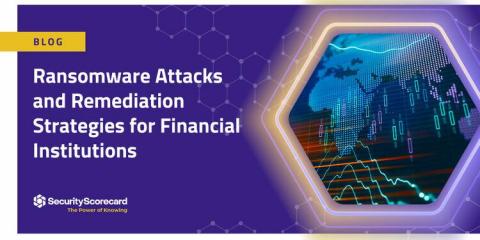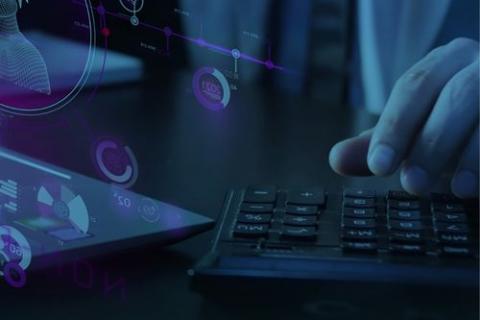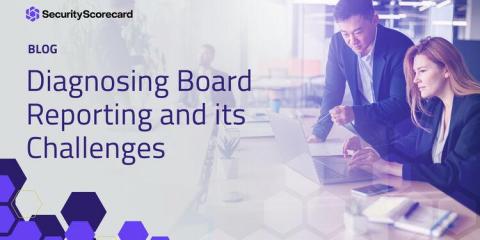Security | Threat Detection | Cyberattacks | DevSecOps | Compliance
Risk Management
Up Level Your Amazon Security Lake with Attack Surface Intelligence
As global network infrastructure expands to include devices without traditional compute power, every organization’s attack surface becomes increasingly complex. Parallel to the increased complexity in the threat landscape is the increased scale and complexity of the signals and data necessary to produce meaningful cybersecurity insights. At its core, cybersecurity is a big data problem, requiring centralization of disparate data sources in uniform structure to enable continuous analytics.
Ransomware Attacks and Remediation Strategies for Financial Institutions
Believe it or not, the Financial Services industry has one of the slowest vulnerability remediation rates, with a median of 426 days. “Financial regulators can no longer rely on static, point-in-time assessments to understand the cybersecurity risks posed to the financial system,” said Sachin Bansal, SecurityScorecard’s Chief Business and Legal Officer, in a recent BusinessWire article. “Continuous monitoring tools must be a part of every regulator's toolbox.”
Leonardo UK selects Rizikon from Crossword Cybersecurity to assist with assessment of supply chain cyber risks
How to choose a CRQ framework
To get a handle on increased cybersecurity threats, businesses need to know what’s at stake. If you don’t know what you’re defending and what the implications of a cyber event could be, then it’s hard to make cybersecurity decisions. For example, you could be spending time and money on cybersecurity awareness training while your biggest vulnerabilities stem from third-party exposure.
3 Key Trends in Today's It Security Landscape
Framing the Modern Conversation Around Digital Transformation and Digital Risk
Following my recent AISA session about security transformation in October, I am digging further into the value that can come from both security and digital transformation, applying security service edge capabilities and zero trust principles as part of the broader digital transformation strategy.. In the first part of this three-part blog series, I am going to take a look at how an understanding of digital strategy and digital risk are foundational to a modern security transformation journey.
Mobile Device Forensics: Challenges, Threats, & Solutions
Mobile forensics is the process of accessing, recovering, and analyzing digital evidence from mobile devices using a court accepted methodology. The information that can be gleaned from a criminal’s phone is highly valuable. That’s why mobile forensics and digital forensics as a whole are valuable assets for law enforcement and intelligence agencies worldwide.
Diagnosing Board Reporting and Its Challenges
Three-quarters of U.S. CEOs in PwC’s 24th Annual Global CEO Survey said they are “extremely concerned” about cyber threats. They want to understand roadblocks, cyber insurance coverages, and budget allocation, among other critical topics. CISOs prefer the language of technology, and boards prefer the language of finance.
Russian-Speaking Threat Actors Claim New DDoS Attacks Against U.S. Targets
Citing senior Cybersecurity and Infrastructure Security Agency (CISA) officials, journalistsreported on November 8 that DDoS attacks had temporarily disabled the website of a state government. A group claiming to be pro-Russian hacktivists, CyberArmyofRussia_Reborn, claimed responsibility for that attack and another on the website of a U.S. political party’s governing body on the same day, specifying one target IP address for each organization.











